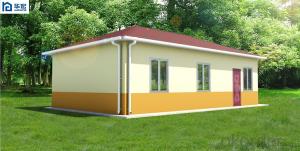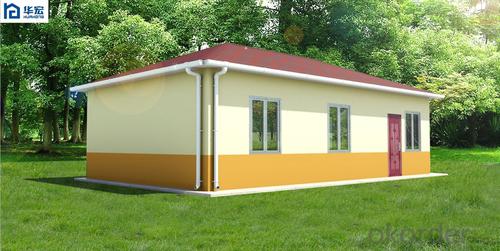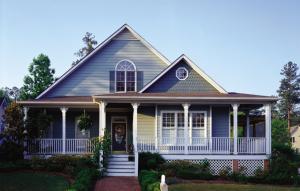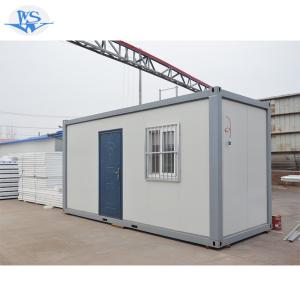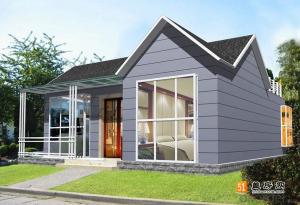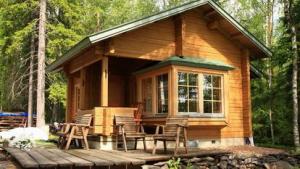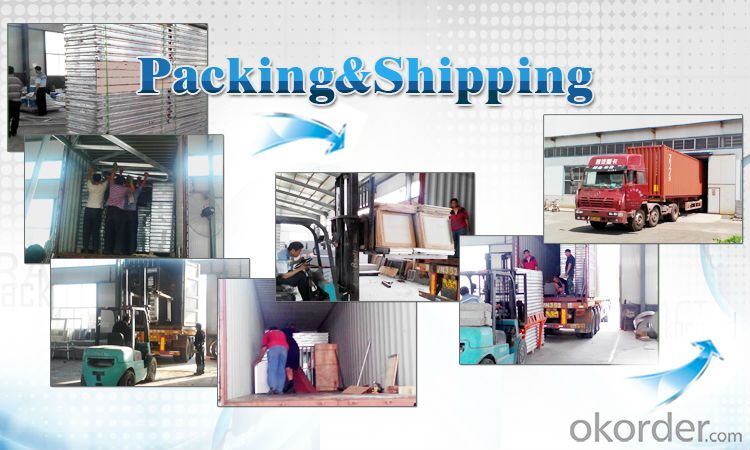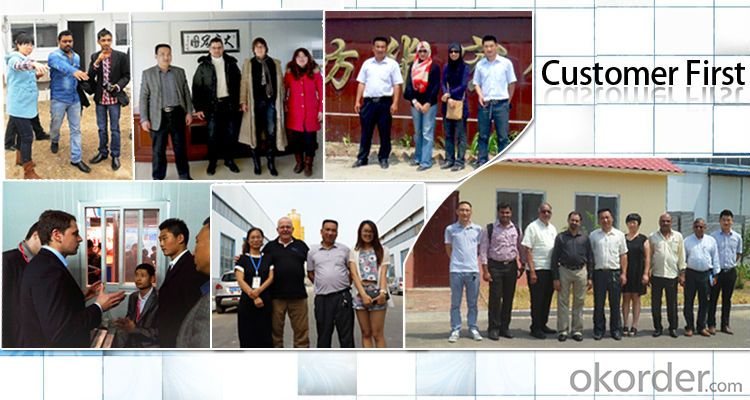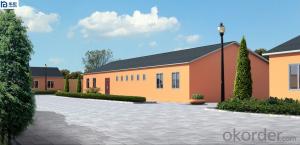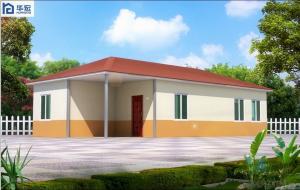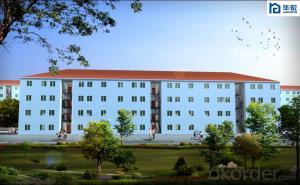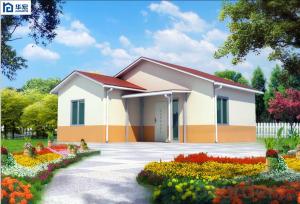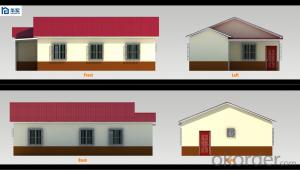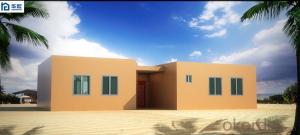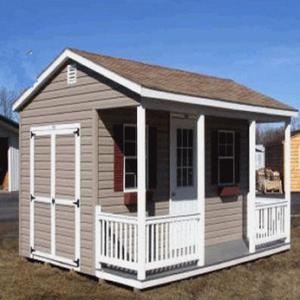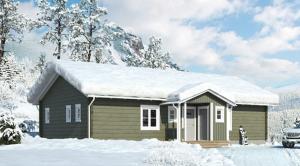yellow color cement house
- Loading Port:
- China Main Port
- Payment Terms:
- TT OR LC
- Min Order Qty:
- -
- Supply Capability:
- -
OKorder Service Pledge
OKorder Financial Service
You Might Also Like
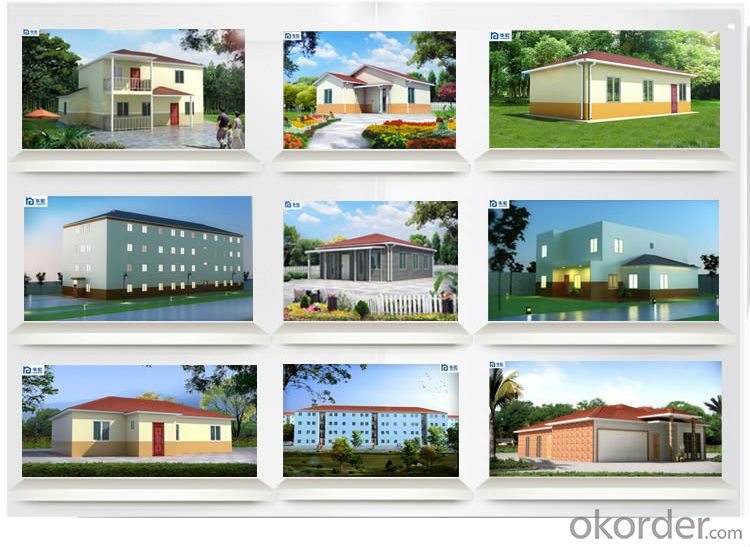
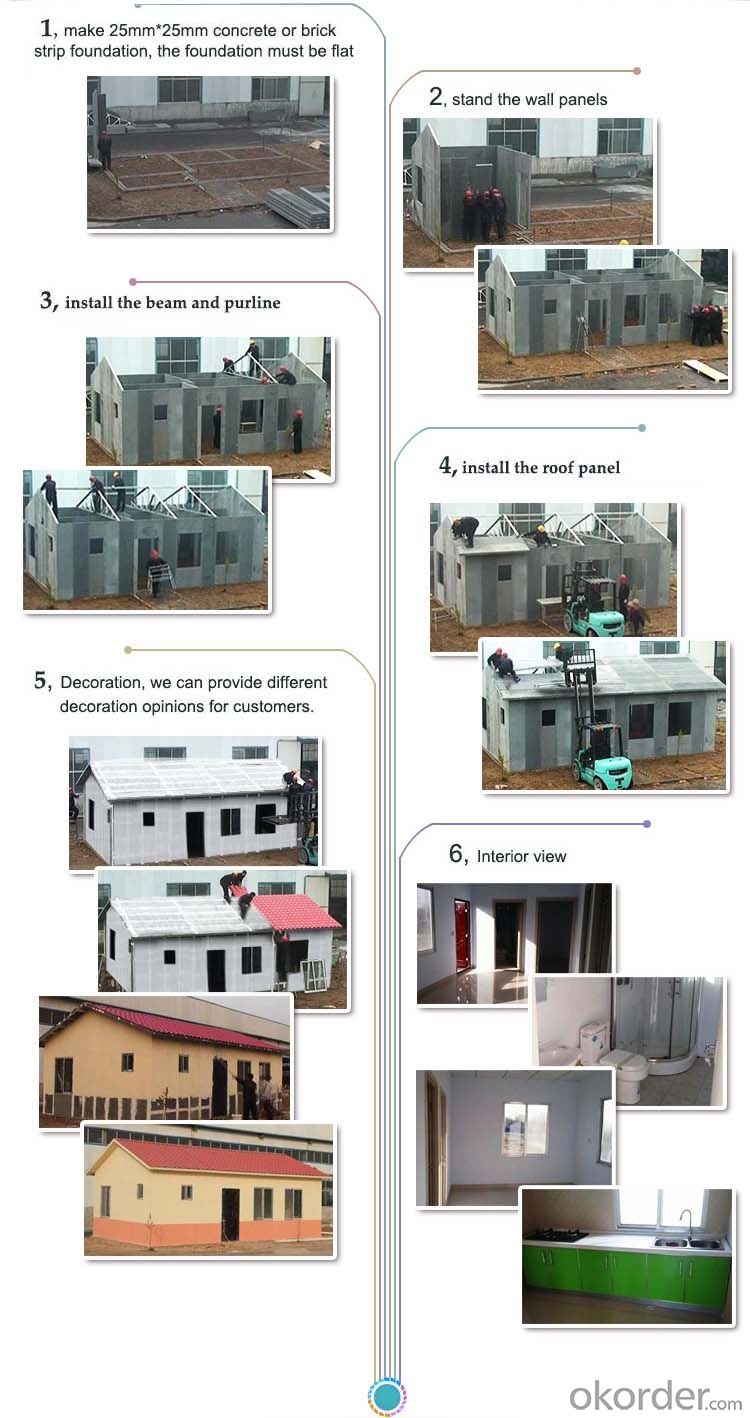
More questions:
1, What's your Payment term:
30% deposit by TT, 70% balance before loading container by TT; 100% LC at sight(total payment over 100,000USD);
2, How about Shipping:
We use 20 feet container and 40HQ container to ship the goods; Usually one 20 feet container can load about 50-60 square meters' house, 40HQ container can load about 120-140 square meters's house.
3, How to become your agent in our country:
First, you can make a report about your market, include the the rules and laws of prefab house, popular house models, target price, and potential sales quantity.
Second, you must place a trial order to act as the display.
Third, after finishing the sample house and getting the local people's feedback, we will give you the agent right in one area with limited time.
Fourth, Please note that we already have agent in Mumbai City India; Marshall Islands, Trinidad and Tobago.
4, Can you help me to purchase other things like furniture or appliance:
Because the customs law, our company can only export prefab house, so we just can purchase very little matched kitchen and bathroom facilities for you in consideration of customs clearance.
5, Can you send workers to help me build house.
Considering the labor cost, safety and visa issues, we suggest to send one or two engineers to guide and train your staffs. You must provide air tickets, hotel, and meal, and 100USD per day for engineer salary.
- Q: Can container houses have rooftop gardens or green features?
- Yes, container houses can definitely have rooftop gardens or green features. In fact, container houses are perfect for incorporating such features due to their structural design and flexibility. The flat roofs of container houses provide an ideal space for rooftop gardens or green features such as solar panels, rainwater harvesting systems, and even small wind turbines. Rooftop gardens in container houses can be created using lightweight soil, suitable plants, and proper irrigation systems. These gardens not only enhance the aesthetics of the house but also provide numerous benefits. They help insulate the building, reduce heat absorption, and improve air quality by absorbing carbon dioxide and releasing oxygen. Additionally, rooftop gardens can provide a sustainable source of fresh produce, promoting self-sufficiency and healthy living. Container houses also lend themselves well to other green features. Solar panels can be easily installed on the rooftop to harness solar energy and generate electricity, reducing reliance on traditional power sources. Rainwater harvesting systems can collect and store rainwater for various household uses, minimizing water consumption and reducing strain on municipal water supplies. Small wind turbines can also be installed on the rooftop to harness wind energy and contribute to the house's power needs. Overall, container houses can be transformed into sustainable and eco-friendly living spaces with the addition of rooftop gardens and green features. These additions not only enhance the environmental friendliness of the house but also provide numerous benefits to the occupants and the surrounding ecosystem.
- Q: Are container houses suitable for low-income housing projects?
- Yes, container houses can be a suitable option for low-income housing projects. Container houses are cost-effective as they utilize recycled shipping containers, which significantly reduces construction costs. These projects can be implemented quickly and efficiently, allowing for a faster turnaround time to accommodate the urgent need for low-income housing. Additionally, container houses are flexible and can be easily modified to meet the specific needs and requirements of different communities. They can be designed to include essential amenities such as plumbing, electricity, and insulation, providing a safe and comfortable living environment for low-income individuals and families. Furthermore, container houses are environmentally friendly as they promote sustainable living by repurposing existing materials. Overall, container houses offer an affordable and practical solution for low-income housing projects, making them a suitable choice for addressing the housing needs of disadvantaged communities.
- Q: How about the comparison of container houses?
- nearly 1,000 yuan per square meter. Renovation costs in accordance with the simple, mid-range, luxury and other levels, ranging from 2500 to 5000 per square meter
- Q: Can container houses be designed with a yoga or meditation studio?
- Yes, container houses can definitely be designed with a yoga or meditation studio. The flexible nature of container homes allows for customization and the inclusion of various spaces, including a dedicated area for yoga or meditation. With thoughtful design and layout planning, container houses can offer a serene and peaceful environment for practicing yoga or meditation.
- Q: What are the size specifications of the container house?
- and its size is the standard container; the other is their own processing, but the shape is the shape of the container
- Q: Are container houses suitable for remote working or telecommuting?
- Yes, container houses can be suitable for remote working or telecommuting. These houses are designed to provide comfortable living spaces with all the necessary amenities, including dedicated work areas. They can be customized to include home offices or studios, ensuring a conducive environment for productivity and focus. Additionally, container houses are often located in serene and remote areas, offering peace and tranquility, which can further enhance remote working experiences.
- Q: Can container houses be designed with a minimalist aesthetic?
- Certainly, container houses can be designed to embody a minimalist aesthetic. The modular nature of container homes allows for great adaptability to minimalist design principles. Through the incorporation of clean lines, spaciousness, and a restricted range of colors, container houses can successfully achieve a minimalist appearance and atmosphere. One of the main advantages of container homes lies in their ability to be personalized and transformed into sleek, minimalist living spaces. The industrial appearance of containers can be softened and refined by implementing minimalist design elements. For instance, opting for a monochromatic color scheme, such as whites, grays, or earth tones, can establish a serene and minimalist ambiance. Moreover, the simple and geometric shapes of containers lend themselves well to minimalist design. The emphasis on clean lines and symmetrical layouts can create an impression of order and simplicity. By integrating large windows and open floor plans, container houses can maximize natural light and generate a feeling of spaciousness, both of which are fundamental aspects of minimalist design. Furthermore, minimalist design revolves around decluttering and reducing excess. Container houses, with their limited space, naturally encourage a minimalist lifestyle. By thoughtfully selecting only essential furnishings and decorations, container homes can achieve a clutter-free and minimalist aesthetic. In summary, container houses can be designed with a minimalist aesthetic by incorporating clean lines, open spaces, a limited color palette, and decluttering. With careful design choices, container homes can provide a sleek and minimalist living experience that promotes simplicity and tranquility.
- Q: Can container houses be designed with a solar power system?
- Yes, container houses can definitely be designed with a solar power system. In fact, many container houses are already being built with solar panels as a sustainable and cost-effective energy source. The modular nature of container houses allows for easy installation of solar panels on the roof or even on the sides of the containers. These solar panels can generate electricity from the sunlight and store it in batteries within the container, providing a reliable and eco-friendly power supply for the house. With advancements in solar technology, it is now possible to design container houses that are completely off-grid, meaning they can operate independently from the traditional power grid, solely relying on solar power. This not only reduces the carbon footprint but also offers greater flexibility and self-sufficiency for homeowners living in container houses.
- Q: Are container houses suitable for yoga or wellness retreats?
- Indeed, container houses are well-suited for yoga or wellness retreats. They offer a distinctive and environmentally-friendly accommodation option that can enhance the overall experience of such retreats. Primarily, container houses can be easily tailored to create the perfect atmosphere for yoga or wellness activities. Their open floor plans allow for the creation of spacious and versatile yoga studios or meditation spaces. The ample natural light that can enter through large windows or skylights in these houses fosters a serene and peaceful environment, which is essential for yoga and wellness practices. Moreover, container houses can be designed to incorporate eco-friendly features that align with the principles of yoga and wellness retreats. These houses can be equipped with solar panels, rainwater harvesting systems, and energy-efficient appliances, thereby reducing their environmental impact and promoting sustainability. Furthermore, container houses offer the advantage of mobility. They can be easily transported to various locations, making them ideal for hosting retreats in different settings, such as near mountains, forests, or beachfronts. This mobility enables organizers to create unique and immersive experiences for participants, contributing to their overall well-being. Additionally, container houses are cost-effective compared to traditional brick and mortar structures. This affordability allows retreat organizers to allocate more resources towards creating meaningful experiences for participants. Consequently, yoga and wellness retreats become more accessible to a wider audience, promoting inclusivity and diversity. To conclude, container houses provide a suitable and sustainable option for yoga or wellness retreats. Their customizable nature, eco-friendly features, mobility, and cost-effectiveness make them an attractive choice for organizers seeking to create a serene and immersive environment that aligns with the principles of yoga and wellness.
- Q: Are container houses resistant to hail or hailstorms?
- Container houses are generally resistant to hail or hailstorms due to their sturdy and durable construction. The thick steel walls of container houses can withstand hail impact and provide protection to the inhabitants inside. However, the extent of resistance may vary depending on the size and intensity of the hailstorm.
Send your message to us
yellow color cement house
- Loading Port:
- China Main Port
- Payment Terms:
- TT OR LC
- Min Order Qty:
- -
- Supply Capability:
- -
OKorder Service Pledge
OKorder Financial Service
Similar products
Hot products
Hot Searches
Related keywords
